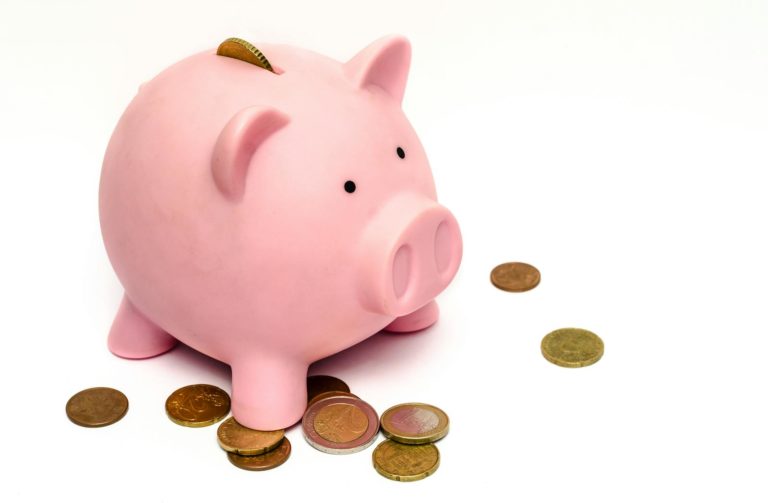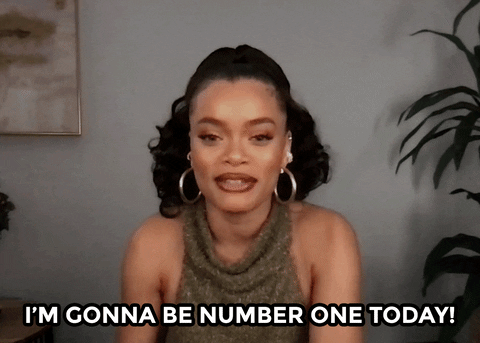Finding the Best Budget for You
Budgeting isn’t one-size-fits-all. What works for someone else might not fit your financial situation or lifestyle. The key to success is finding a budgeting method that aligns with your income, goals, and personality. In this guide, we’ll help you identify the best budgeting method for you by breaking down popular approaches, their pros and cons, and how to test them out.
Why Finding the Best Budget Matters
A budgeting method isn’t just a tool—it’s a strategy to help you achieve your financial goals. Choosing the wrong one can lead to frustration, while the right method can:
- Make managing money simpler.
- Help you stay consistent.
- Boost your savings and reduce stress.
Factors to Consider When Choosing a Budgeting Method
1. Income Type
- Steady Income: Predictable paychecks make methods like the 50/30/20 Rule or Zero-Based Budgeting easy to implement.
- Irregular Income: If your income fluctuates, consider flexible approaches like Line-Item Budgeting or Pay-Yourself-First.
2. Financial Goals
- Paying off debt? The Debt Snowball or Avalanche methods might work best.
- Saving for a big purchase? Try the Cash Envelope System or Sinking Funds.
- Building wealth? Pay-Yourself-First prioritizes savings and investments.
3. Personality
- Detail-Oriented: You might thrive with Zero-Based Budgeting or Line-Item Budgeting.
- Big-Picture Thinker: The 50/30/20 Rule is simple and less time-consuming.
4. Lifestyle
- Prefer simplicity? Minimalist Budgeting could be perfect.
- Need hands-on control? The Cash Envelope System provides tangible limits.
- Love automation? Pay-Yourself-First paired with budgeting apps could be your go-to.
Overview of Popular Budgeting Methods
1. Zero-Based Budgeting
- What It Is: Every dollar of income is assigned a job, leaving nothing “unbudgeted.”
- Who It’s Best For: Detail-oriented individuals who want total control.
- Pros & Cons: Highly precise but time-intensive.
- Read More: Zero-Based Budgeting Guide
2. The 50/30/20 Rule
- What It Is: Allocate 50% of income to needs, 30% to wants, and 20% to savings.
- Who It’s Best For: Big-picture thinkers who value simplicity.
- Pros & Cons: Easy to implement but lacks detail.
- Read More: The 50/30/20 Rule Guide
3. Cash Envelope System
- What It Is: Allocate cash into envelopes for specific categories (e.g., groceries, dining out).
- Who It’s Best For: Overspenders who need tangible limits.
- Pros & Cons: Great for curbing spending but less convenient in a digital economy.
- Read More: Cash Envelope System Guide
4. Pay-Yourself-First Budgeting
- What It Is: Prioritize savings by allocating a portion of income before covering other expenses.
- Who It’s Best For: People focused on building savings and investments.
- Pros & Cons: Automates savings but may require adjustments for variable income.
- Read More: Pay-Yourself-First Guide
5. Minimalist Budgeting
- What It Is: Simplify by focusing only on essential expenses.
- Who It’s Best For: Those seeking simplicity and intentionality.
- Pros & Cons: Easy to manage but may feel restrictive.
- Read More: Minimalist Budgeting Guide
6. Line-Item Budgeting
- What It Is: A detailed approach where every expense is categorized and tracked individually to provide a granular view of spending.
- Who It’s Best For: People who want complete control over their finances and those managing irregular income.
- Pros & Cons:
- Pros: Highly detailed, promotes financial discipline, identifies overspending areas.
- Cons: Time-intensive and may feel overwhelming for beginners.
- Read More: Line-Item Budgeting Guide
Your Best Budget at a Glance
| Budgeting Method | Best For | Pros | Cons |
|---|---|---|---|
| Zero-Based Budgeting | Detail-oriented individuals | Highly precise, promotes control | Time-intensive |
| The 50/30/20 Rule | Big-picture thinkers | Simple, easy to follow | Lacks detail |
| Cash Envelope System | Overspenders needing tangible limits | Reduces overspending, promotes discipline | Less convenient in a digital economy |
| Pay-Yourself-First Budgeting | Building savings and investments | Automates savings, fosters consistency | Requires adjustments for variable income |
| Minimalist Budgeting | Simplifying finances | Easy to manage, focuses on essentials | May feel restrictive |
| Line-Item Budgeting | Those needing granular control | Highly detailed, identifies spending patterns | Time-intensive, overwhelming for beginners |
How to Test a Budgeting Method
- Start with a Trial Period: Test a method for 1-3 months to see how well it works for you.
- Track Your Experience: Note ease of use, whether it aligns with your goals, and how well you stick to it.
- Adjust or Switch: If it doesn’t work, adapt or try another method.
Tools to Help You Succeed
- Apps: Tools like YNAB, Mint, or EveryDollar simplify budgeting.
- Templates: Download customizable templates for methods like Zero-Based Budgeting or the Cash Envelope System.
- Calculators: Use online tools to estimate savings or debt repayment timelines.
FAQ Section
Can I combine budgeting methods?
Yes! For example, you can use Pay-Yourself-First for savings while applying the Cash Envelope System for discretionary spending.
How do I stick to a budget?
Start small, track progress regularly, and celebrate milestones.
What if my income changes frequently?
Opt for flexible methods like Line-Item Budgeting or Zero-Based Budgeting that adjust easily.
Find Your Best Budget
Not sure where to start? Take our Budgeting Quiz to find the perfect method for you!
Discover Your Best Budget
Answer these quick questions to find the best budgeting strategy for your lifestyle, income, and financial goals.
Download our Budgeting Starter Kit with templates, tools, and tips to kickstart your journey.
Budgeting doesn’t have to be overwhelming. With the right method, you can achieve financial clarity, reach your goals, and live with confidence. Start today!






